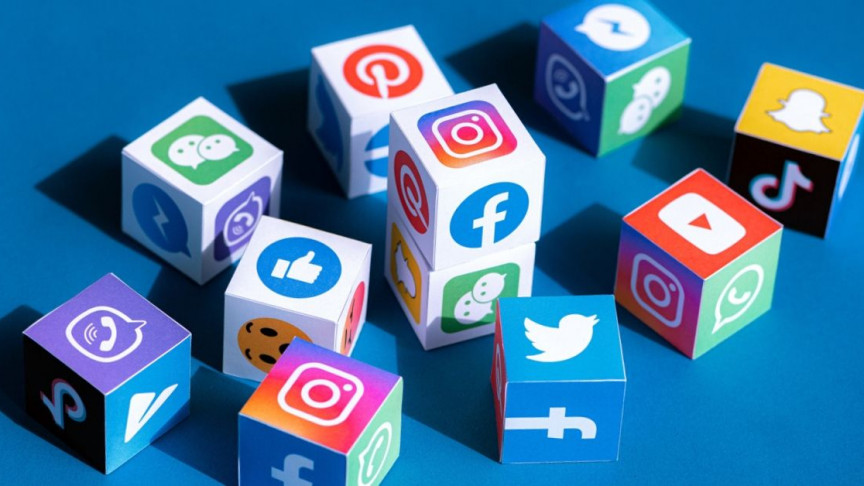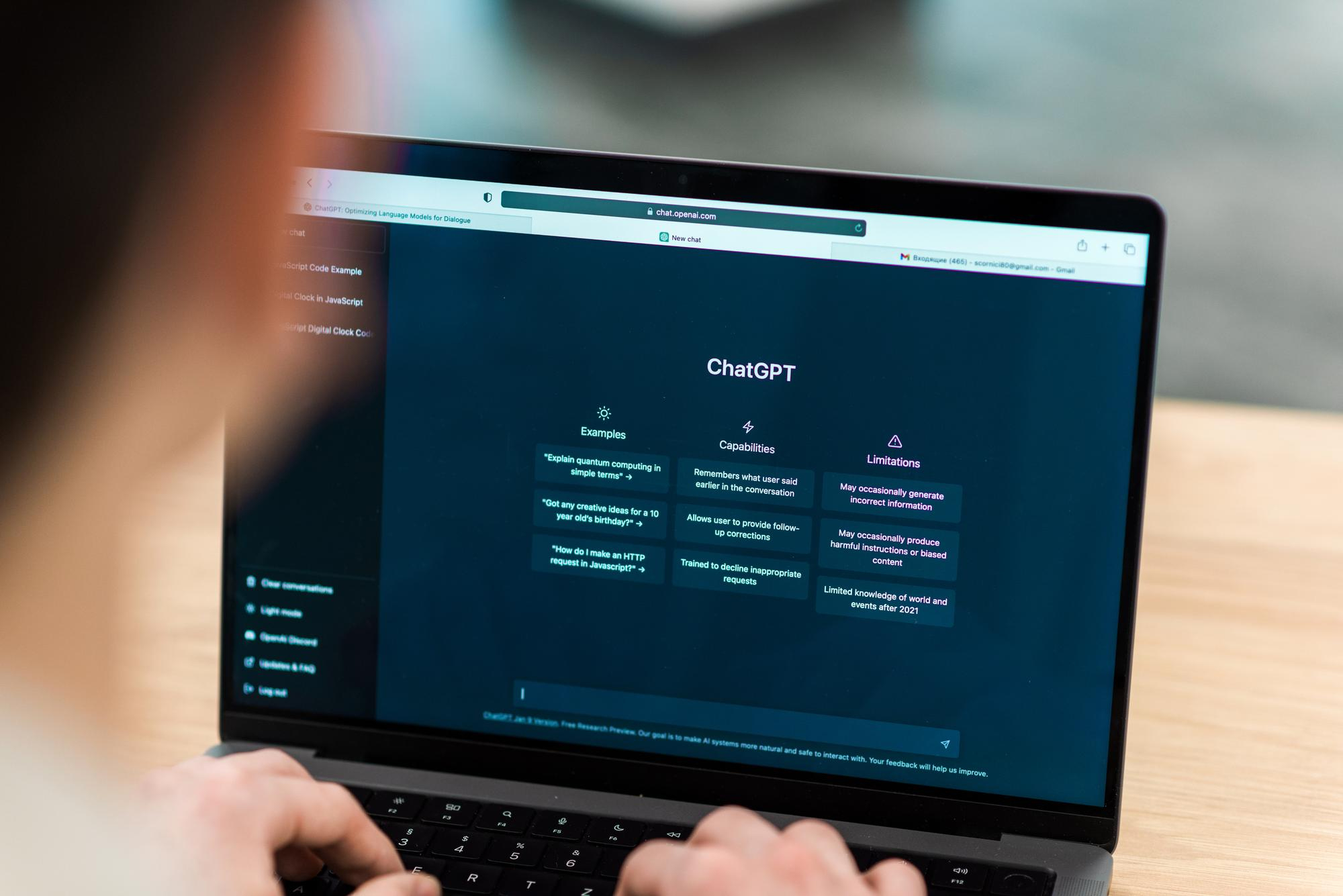When it comes to characterizing a social media strategy, you have a great deal of decisions to make.
Do you realize why most organizations fail at social media?
When you come across a company’s online media presence, you can’t resist the urge to think:
“Simply one more company’s social media account.”
The majority of them follow a similar example:
- They figured they, “should be on social media”.
- They looked into the best occasions to post on social media.
- They looked into the perfect measure of times to post on social media.
- They figured they can “Hack” the development of their account by automatically following many individuals.
- They post a “text + picture + hashtag + link” combo on each social media channel.
- Result? Their posts get this much attention.

Painful?
It is.
So, they did everything they could but why didn’t they still get enough engagement?
To be effective in social media marketing, try not to be JUST one more “company on social media.”
Companies who do incredible in social media marketing really aim to have the best account in each channel.
The best companies on Twitter engage in interesting or amusing discussions with their followers (and considerably different brands).
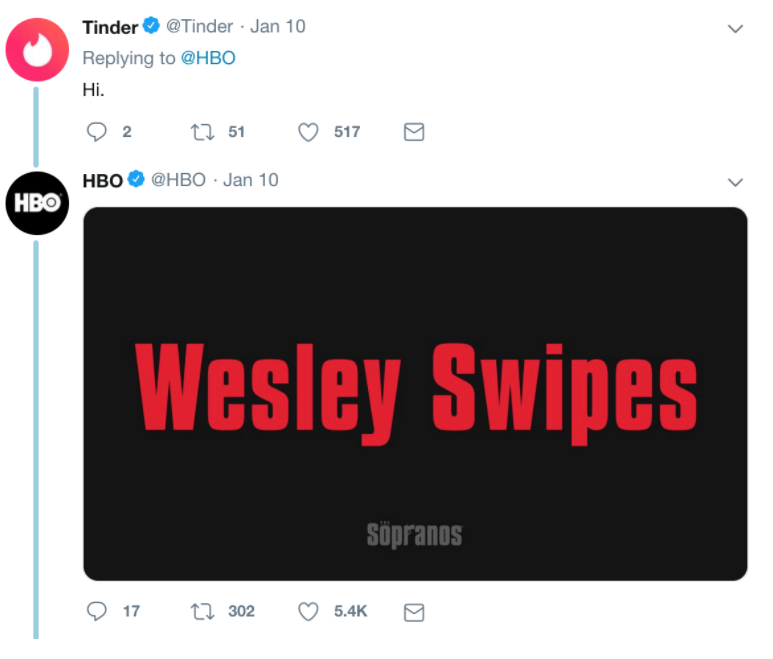
The best companies on Instagram post content that motivates & energizes their followers.

So, you get the point. Right?
To make a top-notch social media strategy, you need to follow a basic structure:
- Understand and tackle the 3 segments of social media marketing: Monitoring, commitment, & transformation.
- Pick the correct channels to participate in & figure out how each channel generally functions.
- Create the best quality content for social media that really drives engagement & activity.
Read on to learn more about each of these.
The 3 Components of Social Media Marketing
If you plan on turning into an online media marketer, you need to accomplish something other than creating content to post.
A complete social media marketing system covers three parts: Monitoring, Engagement, & Conversion.
Let’s start.
For those of you who are prepared to make a plunge, should begin with monitoring.
Whether or not you choose to take an interest in social media, people will discuss you by utilizing their social accounts.
At times, users will discuss how much they love your products, which you can use for your own potential benefit & construct some social evidence around your brand.
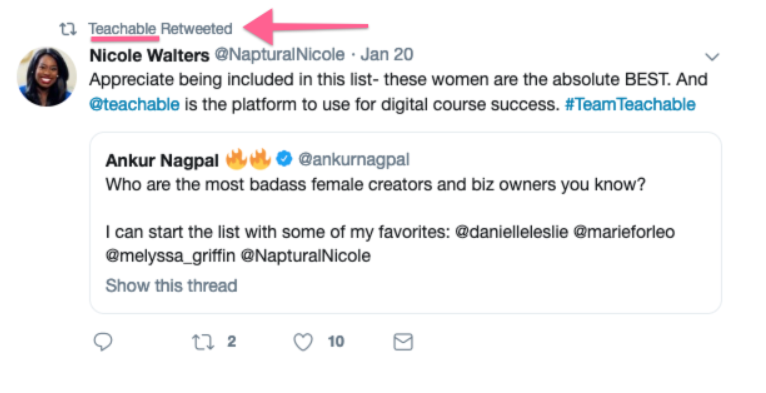
Potential clients will have inquiries regarding your product & services—you can address these & eliminate issues with buying.
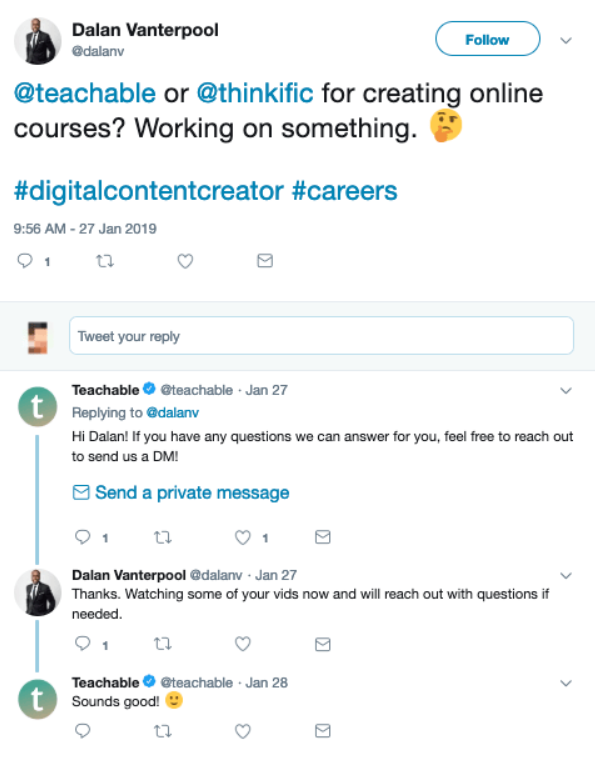
Sometimes clients will have questions, complaints, support demands, or just response—answering to these in a convenient way will help you to keep an elevated level of fulfillment with your product or service.
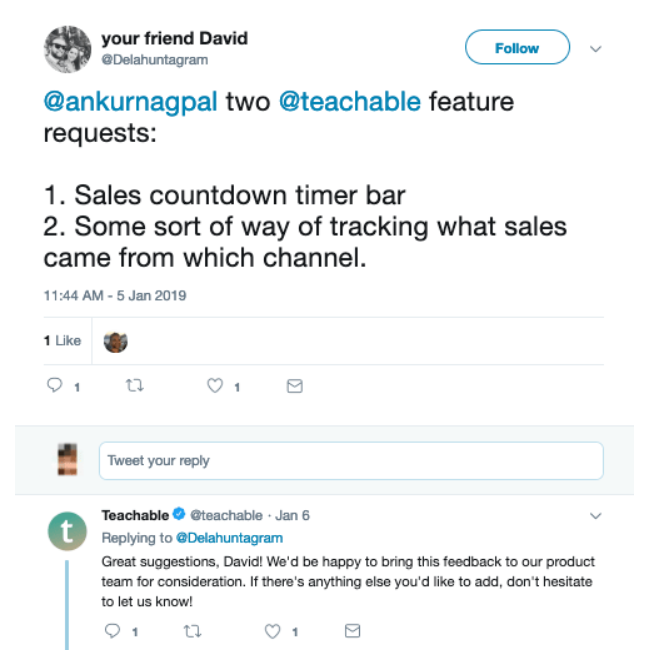
These discussions will happen if you’re available—except if you have a monitoring strategy set up, they will occur without you.
Your objective with social media monitoring is to address all mentions of your brand or related terms (i.e. specific items) such that individuals discussing your brand feel tuned in to & thought about.
To begin with monitoring, you need to:
- Use accessible devices to follow & solidify mentions of your brand & related terms on social media (check the “tools” segment of this manual to find out about the number one software to do this) — this is known as Social Listening.
- Initiate a cycle to group mentions by type (praise, product inquiries & backing requests). This means to follow the steps for each sort (e.g. share or intensify, direct to support page, forward to the sales group).
Next, let’s talk about Engagement.
This is the most direct utilization of social media, yet in addition the one that most companies get off-base.
You’ll utilize social media channels to build a group of people by sharing intriguing & important content.
This doesn’t mean that you have to constantly portray how great your product is.
Nobody likes that!

Your content marketing strategy reflects your overall social media engagement.
Rather than thinking like an advertiser (simply promoting your product), you need to adopt the thought process of a distributer or a media organization—that means your engagement objective is to make & share content that individuals really appreciate & need to burn-through.
There is no specific way of doing this & it may vary for each business.
So, to find out what works for your company, you’ll need to:
- Understand who your target persona is.
For instance, Airbnb uses LinkedIn to look for potential workers & Instagram for guests.

2. Define the main role of each social media channel within your sales funnel.
For instance, GoPro uses their Instagram not to tell people about their features but to show people what their camera is actually capable of. They make amazing videos to inspire their audience instead of just telling them about the product.
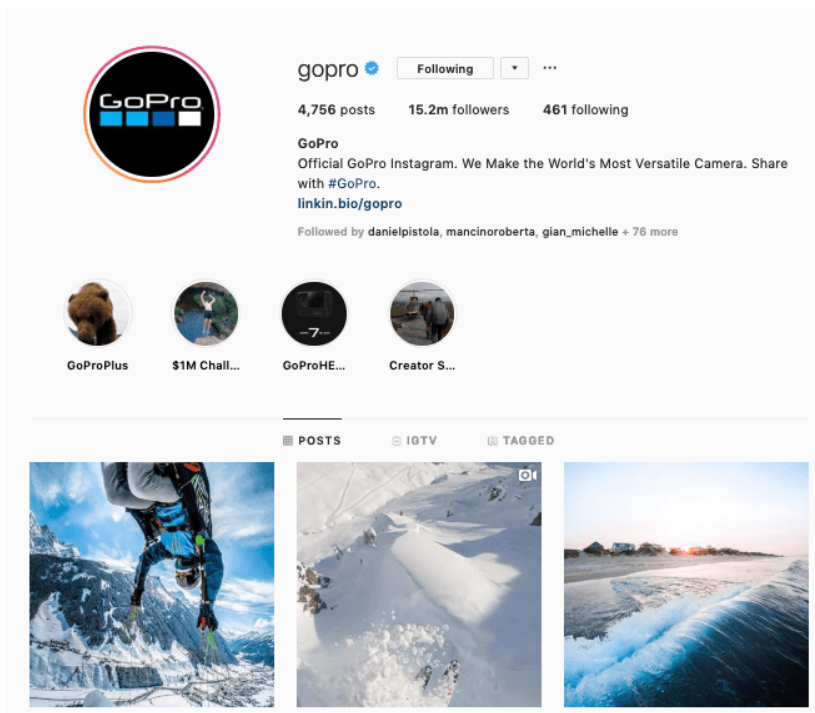
3. Adjust your message to the social media channels you have interest in.
Mailchimp adjusts its mission resources to take advantage of the qualities of each channel.
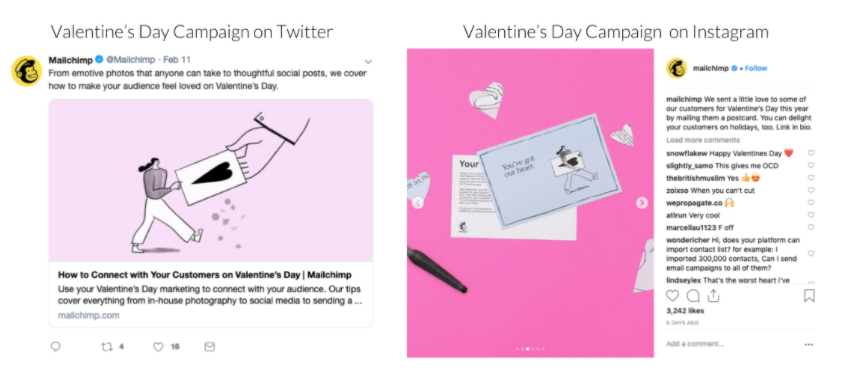
To set up your engagement plan, the first thing you’ll need to do is to design your content marketing strategy.
The last & the most important part of your social media marketing procedure is conversion.
This is what separates a social media influencer from a social media marketer. Thousands or millions of followers on your social media account are of no use until you make them your customers.
Social media is incredible for building audience yet it has a basic constraint for businesses.
Despite the fact that you own a social media profile, your supporters are still “owned” by the social channel. Truth be told, most social media channels are built with an idea to not let go of users, that is the reason why:
- There’s no simple method to move all your followers from one platform to another.
- You have no contact data that you can use to connect with them directly.
• Your content’s visibility is dependent upon the social channels’ algorithms. - You need to compete against each association that your followers have.
Your objective is to convert your social audience into website visitors, leads & clients.
You can convert your social media audience by means of direct or indirect conversions.
Direct Conversions occur by directly requesting your followers to perform an activity that will turn them into leads or clients.
For a better understanding, look at a direct conversion stream by Under Armor:

Indirect Conversions, are all about getting your social audience to visit your site without requesting them to buy or submit their contact data.
Their visit will make them a part of your remarketing audience, which will enable you to target them with promotions later on.
Look at an indirect conversion stream via Airtable:

Remember not to push yourself on trying to convert your social audience because that is not the only purpose of your strategy—you need to balance with monitoring & engagement.
So, by now, if you’ve planned your social media strategy, it is time to select the channels on which you’re going to run your promotions.
Social Media Channel Selection
This step is all about self-control.

What happens when you see news stories like the one below?

It gets hard to control yourself & oppose the feeling of FOMO that wants you to make an account for your business in [insert most recent moving social media].
New social channels are being launched constantly & gain millions of users overnight—that doesn’t that you should also jump in.
Instead, you should be very clear as to which social media channels are you going to be on.
Three basic rules are:
1. Is your target persona on this channel?
You need to ensure that your prospects are really using the social channels you want to participate in.
2. What’s the role you’ll play in the channel? Will you use it for monitoring, engagement, or conversion?
For instance, Twitter clients will in general anticipate that companies should give some degree of help—whether or not you plan on supporting individuals through Twitter. If your company plans on partaking on Twitter, you need to double check your channel strategy.
3. What sort of content are the users consuming & how are they burning-through it? Do you have the skills & data bandwidth to create this content?
Every social channel has been planned around a “keystone format.”
For instance, Instagram is substantial on high quality photography & video. If you choose to make an Instagram account, you can’t simply utilize stock pictures with text overlays—you will have to put your time & assets into delivering quality content.
Additionally, various channels have diverse utilization practices: Active versus passive.
Active channels are those in which the users have “purpose”. They are very clear as to what they need to see & effectively look for it—this is typically the situation for Pinterest & YouTube.
For active channels, you can make content, upgrade it for the channel’s search engine & get views & engagement for it over time.
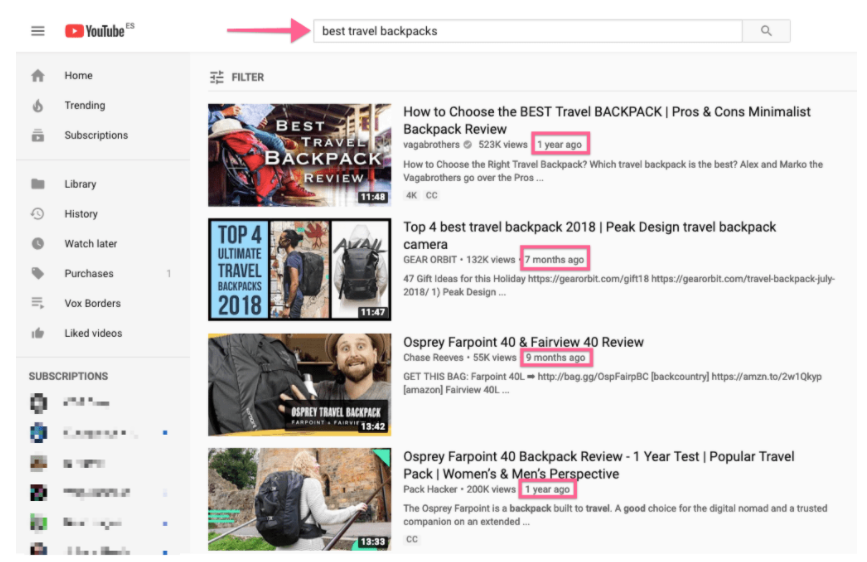
This means that you could get constant views, engagement & conversions through the same post for a very long time.
In any case, this doesn’t mean idle/inactive channels are any simpler. You’ll have to put in a lot of time in getting your content to the top.
Passive channels, then again, are those in which the users don’t have a particular intention—they are simply browsing.
Let’s take Instagram, Facebook & Twitter as an example. They are generally inactive channels.
To take an interest in inactive channels, you’ll need to continuously push new content to individuals’ feeds so you keep getting views, engagement & conversions.

Making content for passive channels expects you to consistently stay on the top of all the conversations occurring in the social channel & having the option to keep an on-going content schedule.
To select the right channel, you need to understand each channel first. To make this simpler on you, we’ve made a cheat sheet for the most famous social channels.
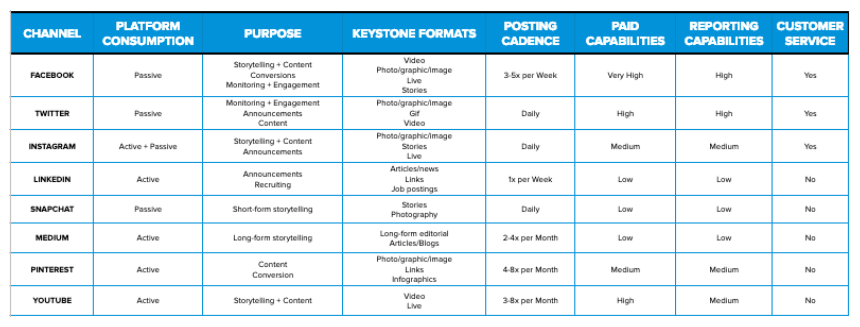
Creating World-Class Social Media Content
Though this has been referenced multiple times in this guide already but it is so important that I’d state it once again.
Disregard the “text + picture + hashtag + link” combo.
It. Just. Doesn’t. Work.
There isn’t anything like secret formula that any company can use to make incredible social media content.
This is 21st century. Right?
So, you’ll need to see how a 21st century user consumes the online content. This will help you to understand the type of content that is being shared & discussed about.
Luckily, you’re one of them!
When was the last time you viewed a whole Instagram video without looking away? Do you check your phone while you’re viewing Netflix?
You get the point.
There is so much on the internet that the overall time span of viewership is very short & people quickly swipe or scroll down to the next content.
Here a few tips to create a world-class social media content:
- Understand who is targeted audience (counting their desires, wants, & needs) — this is called making “Target Personas”.
- Create messages that are simple & easily understandable for your target personas at each phase of the funnel—this is called “Single Minded Value Propositions (SMVP)”.
- Modify your message according to the format of every social channel—this is called picking your “Content Types”.
- Create content that grabs & holds the attention of your prospects. Thus, helping you to accomplish your business objectives—this is called making “Attention-grabbing Content”.
Distributing Your Social Media Content
How about we recap what you’ve achieved so far with your social media marketing strategy:
- You have understood the fundamentals of social media marketing & created plans to cover each one of them.
- You’ve chosen the best online social media channels to implement your strategy.
- You have researched the type of content that your prospects are consuming & have created your own accordingly.
Presently, you just have one stage to go—it’s the BIG one:
4. You need to ensure you reach your target audience.
There are three methods for distribution: Owned, paid & earned.
Owned Distribution comprises of sending your content to your existing audience.
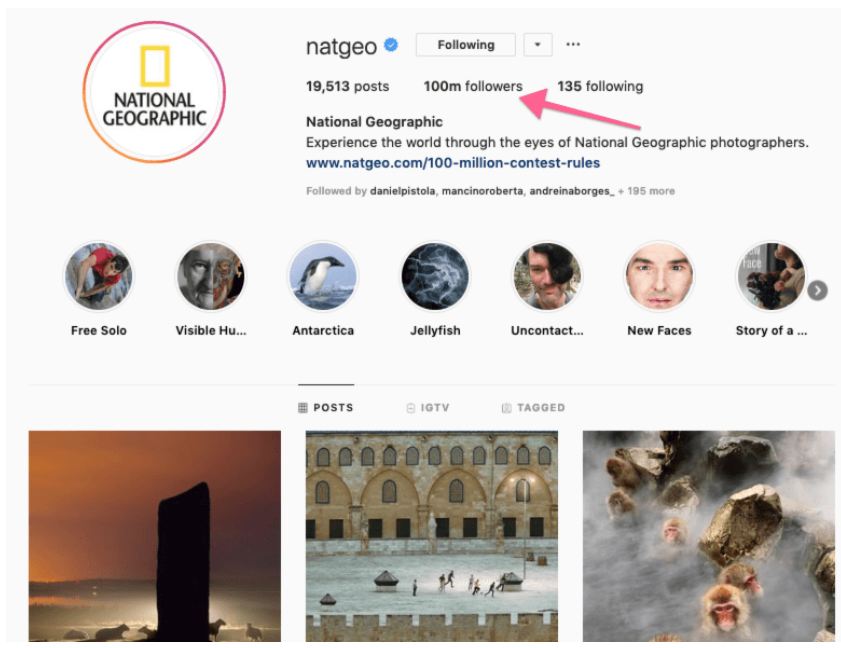
If you have a large existing follower base, you can’t depend on owned distribution solely.
Paid distribution is exactly what it sounds like—you pay to get your content in front of your target audience.
For example, you could use a social channel’s advertising platform.

However, there is another way of putting up paid distribution.
You could pay someone who already has an audience that matches your target to promote your content.

Ultimately, earned distribution is all about getting others to share your content (without the requirement for payment).
Initially, you’d need to make content that is interesting, informative & would grab the attention of your prospects so they’d share it—which we have already discussed in this guide (“Creating World-Class Social Media Content”).
Once you’re done with that, you need to provoke people to share.
How do you do that?
You can simply contact influencers that you’ve mentioned them in your content—they will start sharing it with their own audience.
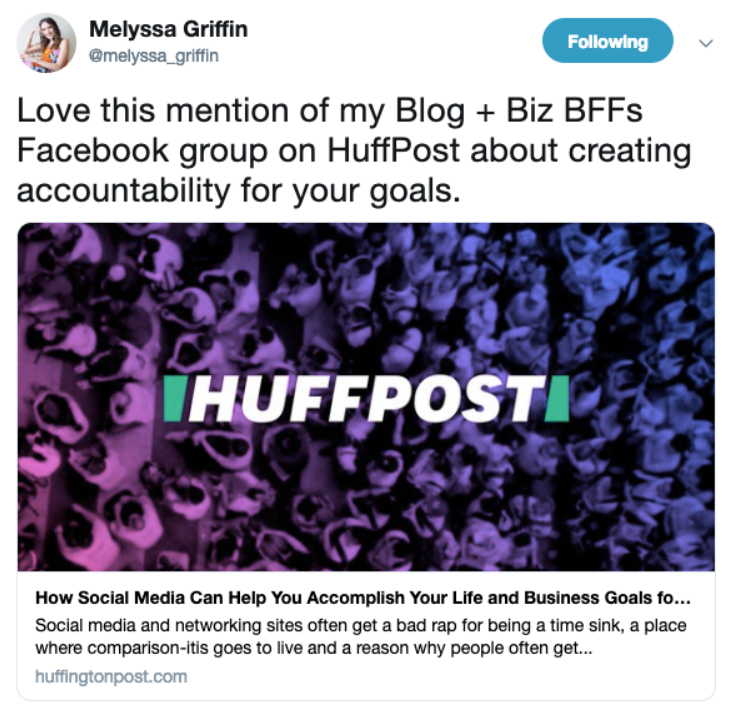
Adding a social sharing button to your content is also a very good practice.
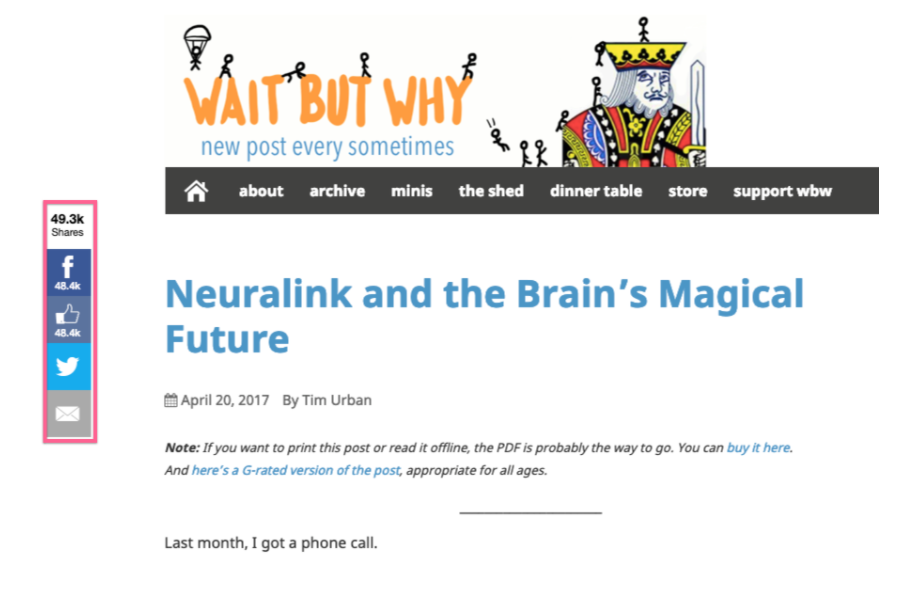
OR
Just ask your audience to tag their friends & family and share this post in their own circle.
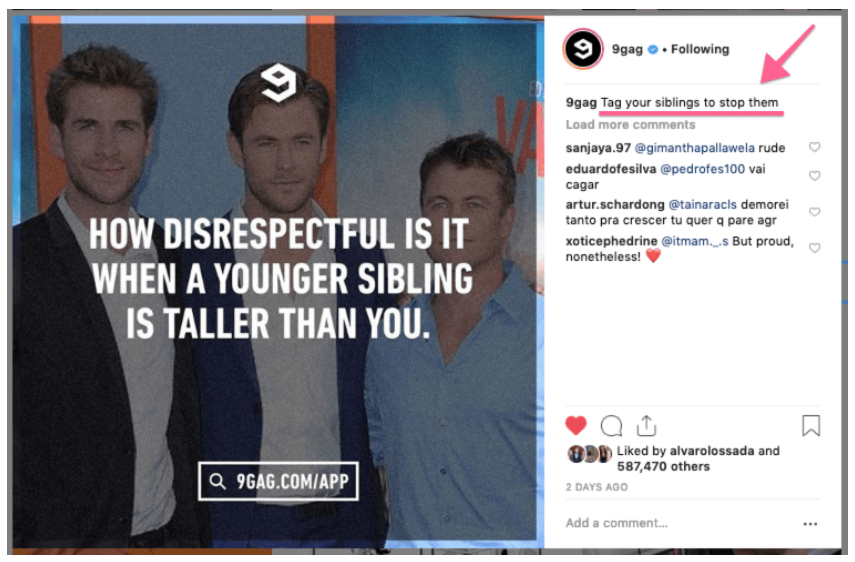
A well-designed strategy that could get a higher reach must cover owned, paid & earned distribution.
Social Media Marketing Metrics

Web-based media is perhaps the hardest channel to track & quantify the effect of;
- Failing to understand the situation.
- Lack of metrics or things to track.
Wonder why?
Well, this is because:
- There are no standard metrics across social platform—which makes it difficult to make any logical analysis (for example how you would compare a reaction on an Instagram post versus a retweet?)
- People, in general, focus on tracking the wrong metrics—thus, metrics that don’t help them settle on choices move the needle for their business.
Applause Rate
Applause rate determines how effective your social media content had been at getting a response from your audience.
The applause rate can be determined as the total number of likes, favorites, up votes, reactions, or similar action over a period of time, divided by the size of your audience.

For example:
Facebook Page applause rate = (Total number of reactions on your Facebook Posts/Number of fans of your Facebook page).
An expansion in your applause rate implies that you’re being effective at getting your audience to respond to your substance.
Amplification Rate
Amplification rate is a proportion of how much your audience is sharing your content within their own networks.
The amplification rate can be calculated as the total number of retweets, shares, reposts, re-pins, or equivalent action over a period of time, divided by the size of your audience.

For example:
Twitter amplification rate = (Total number of retweets on your tweets/Number of followers of your Twitter account).
This determines how much earned distribution you’re getting out of your content.
Conversation Rate
Conversation rate is a metric that estimates how much your audience is reacting to your content.
The conversation rate can be calculated as the total number of comments, replies, or equivalent action over a period of time, divided by the size of your audience.
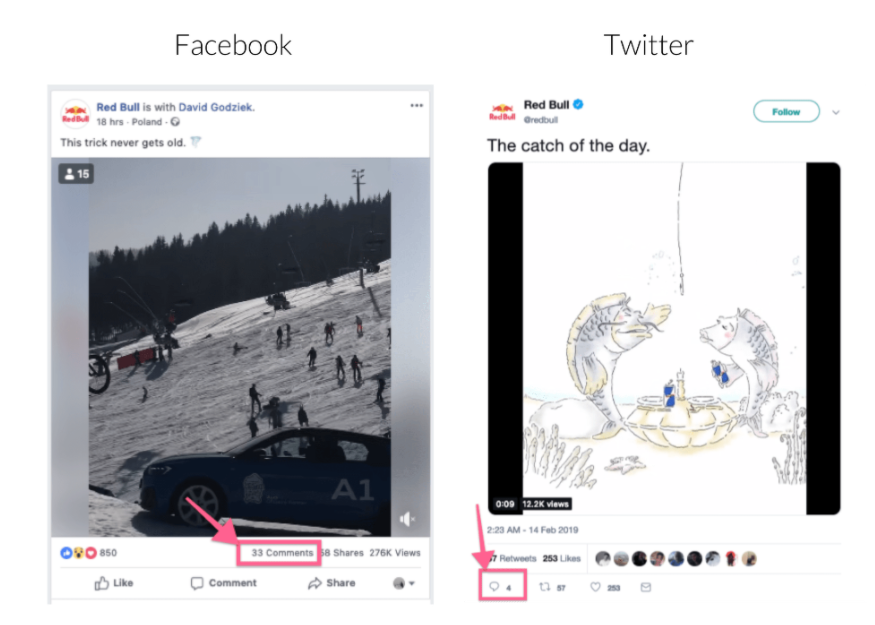
For example:
Instagram post discussion rate = (Total number of comments on your Instagram posts/Number of followers of your Instagram account).
A high conversion rate shows that your audience is giving input on your content (either positive or negative). You can then use social channels with a high conversion rate to communicate more effectively with your audience.
Business Metrics
All metrics represent the engagement of users so they are significant, however they’re not critical.
Business metrics are critical.
Now, why do we invest in social media marketing?
Because its #NowTrending?
NO!!!
We invest in it only if it has a measurable impact on our business.
You can do this by tracking traffic to your site & to your social media channels.
Here are couple of examples:
- If you’re running a social media campaign with the goal of driving visitors to a blog, you will measure your success rate by checking the traffic referred by posts.
- Similarly, a social media campaign for Black Friday deals can be estimated by the number of sales or income generated by the social media traffic.
To do this, you can utilize UTM tracking parameters in the URLs you include for your social media campaigns—these will enable you to track the performance of your campaigns through Google Analytics.
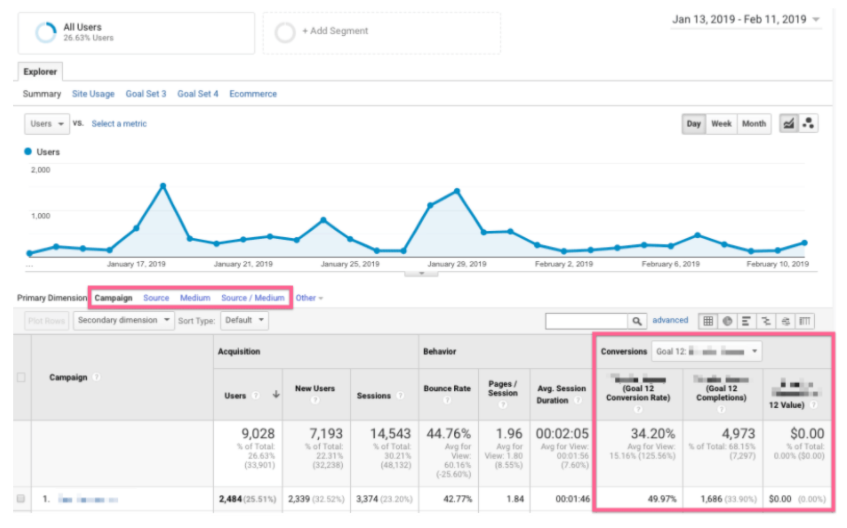
There is always a new social media platform coming up each day.
Do you follow influencers & blogs a lot?
If yes, you’re most likely to start feeling like you need to be on every single social media platform there is.
But you know what?
Try not to let the FOMO get to you.

A few tools will vow to assist you with growing your social media presence but don’t listen to them.
Your strategy is substantially more significant than the tools you use & there is certainly no such tool that will make or break your social strategy.
Here are a few suggestion of tools for you:
Social Monitoring Tools
These tools make it a lot easier to know where you have been mentioned—some will even assist you in responding to them directly:
- Google Alerts: Though this tool is not planned for web-based media; you can utilize Google Alerts to get regular notifications for mentions of specific keywords that show up on Google’s index.
- Hootsuite: Among its numerous features, Hootsuite permits you to make “streams” to merge mentions of specific keywords over multiple social channels. Also, you can reply to those mentions & appoint various team members.
- Buffer: Another powerful social media management tool. Buffer’s Reply product combines social media mentions & makes it simple to work together with a group to respond.
Social Content Tools
These tools will assist you in making & circulating your social content.
- BuzzSumo: Creating content that people like is a lot simpler once you know what the most mainstream content out there is. BuzzSumo makes it simple to discover which content has been shared greatly via social media & which influencers have assisted with accomplishing that.
- Canva: If you’re not a planner, Canva can help you immediately set up lovely design resources for your social posts. Their library of templates makes it simple to make eye catching designs.
- Hootsuite: Offers an advanced platform to manage your content library & schedule it to Facebook, Twitter, Instagram, LinkedIn, Pinterest & YouTube.
- Buffer: Includes a super easy to understand platform that helps you to plan content for Facebook, Twitter, Instagram, LinkedIn & Pinterest.
- MeetEdgar: Another scheduling tool with a major differentiator—MeetEdgar incorporates a feature to automate “constant posting” that keeps sharing your content on your social channels even if you’ve reached the end of your content, this spares you time to add new posts to share.
- Sumo: Sumo is not specifically designed to be a social media tool. It is an incredible tool to effectively add social sharing buttons to any site—making it simple for your visitors to share your content via social media.
QUICKSTART GUIDE: LAUNCHING YOUR FIRST SOCIAL MEDIA MARKETING STRATEGY

You must have heard the phrase, “Practice makes a man perfect”.
Similarly, practice is the only way to get better & better at social media marketing.
By developing a portfolio of successful social media campaigns, it will be much simpler for you to look for some kind of employment, customers & grow in this industry.
To get experience as a beginner, you have these 3 options:
- Use social media marketing in your own business. Your own business can teach you a lot. If you already have one, simple use what you’ve learnt.
- Start your own social media account. This helps you to achieve your own business goals (deals, traffic, clients, and so on)— you don’t really have to begin a business, however you could turn into a member & divert traffic to get a commission. This is an incredible method to begin since you’ll have the opportunity to explore as much as you need.
- Also, an extraordinary option is to discover a business that you can assist with social media marketing & that will enable you to publish on their social accounts. With this alternative you will have less opportunity to try but on the brighter side, you won’t have to build an audience from the scratch.
When you have this sorted out, utilize the following framework to begin:
1. Finish reading this guide, obviously!
Result: You will have a strong understanding of how social media marketing functions—besides, the last part of this guide will assist you with keeping away from normal traps for social media marketers who are at their initial stages.
2. Set up social listening for your brand name & related terms (for example basic incorrect spellings, product name, contenders’ brands, organizer’s name). Use Google Alerts & Hootsuite’s free plan.
Result: You will have a straightforward method to gather and react to significant mentions in social media. This is the absolute minimum you need to accomplish for any social media marketing strategy.
3. Select 1 or 2 channels to participate in. Try not to pick more than that—use the Social media channel selection cheat sheet.
Result: Starting with a narrow focus will make it simpler to develop & draw in audience.
4. Research your target audience, plan a correspondence procedure & schedule your content by utilizing Hootsuite or Buffer.
Result: You will have the option to craft the type of content that your social audience really finds interest in.
5. Time to time, try to divert your social audience to your website & try to convert them into leads or customers. Make sure to utilize UTM-labeled URLs so you can follow traffic inside Google Analytics & attribute conversions back to your social campaigns.
Result: You will figure out how to use your social media presence to create business results.
6. Track applause, amplification, conversion rates weekly or monthly. Also, check the overall business performance of your social media traffic.
Result: You will know exactly what kind of content works best at getting engagement & conversions.
TRAPS: AVOID THESE SOCIAL MEDIA MARKETING MISTAKES

Surely, we’ve seen some mistakes that most of the new social media marketers make.
These mistakes effect your overall performance & thus, slow down your progress.
Here is a quick guide for you so you can keep away from these:
Worrying too much About “Best Times to Post” or “Best Hashtags”
This is the most common mistake so it had to be in our list.
Learners stress a lot about posting at the most ideal time or using hashtags to get more viewership.
This consumes a lot of time & energy that doesn’t even matter.
I’ll be too direct here: Average content is still average no matter when you post it & which hashtags you use.
So, it is better to spend that time in crafting content & building a strategy that is effective.
Vanity Metrics
Most people spend a lot of time on social media platforms because they are designed this way.
They use multiple strategies to do this—among them, is the production of metrics that gets their clients energized.
As a social media marketer, PLEASE avoid this metrics.
Vanity metrics are those that cause you to feel great about yourself but don’t generally make a difference in producing business results.
Some common examples of vanity metrics include number of followers, having a verified account & “Reddit gold”.
New Social Channel FOMO
I discussed this in the channel selection part of this guide, but it is worth repeating.
Every day you come across a new social media platform getting millions of downloads overnight.
These new platforms have their posts everywhere, making you realize how badly you need to be a part of it.
They even make you feel as if you’re missing out a lot if you’re not there but you need to fight this temptation of bouncing in immediately.
Instead, think over & over again whether you should really be a part of it or not. Analyze if it will be beneficial for your business or not.
GOODLUCK!


